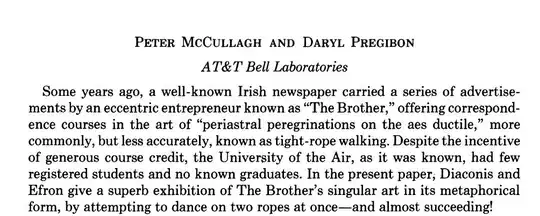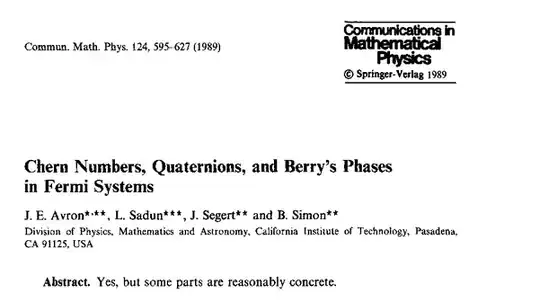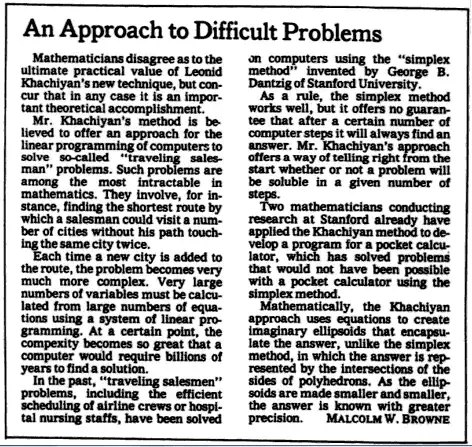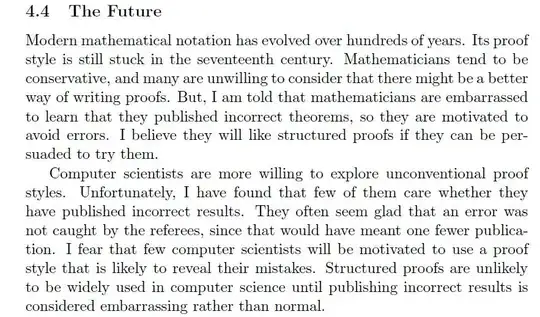The popular MO question "Famous mathematical quotes" has turned up many examples of witty, insightful, and humorous writing by mathematicians. Yet, with a few exceptions such as Weyl's "angel of topology," the language used in these quotes gets the message across without fancy metaphors or what-have-you. That's probably the style of most mathematicians.
Occasionally, however, one is surprised by unexpectedly colorful language in a mathematics paper. If I remember correctly, a paper of Gerald Sacks once described a distinction as being
as sharp as the edge of a pastrami slicer in a New York delicatessen.
Another nice one, due to Wilfred Hodges, came up on MO here.
The reader may well feel he could have bought Corollary 10 cheaper in another bazaar.
What other examples of colorful language in mathematical papers have you enjoyed?









